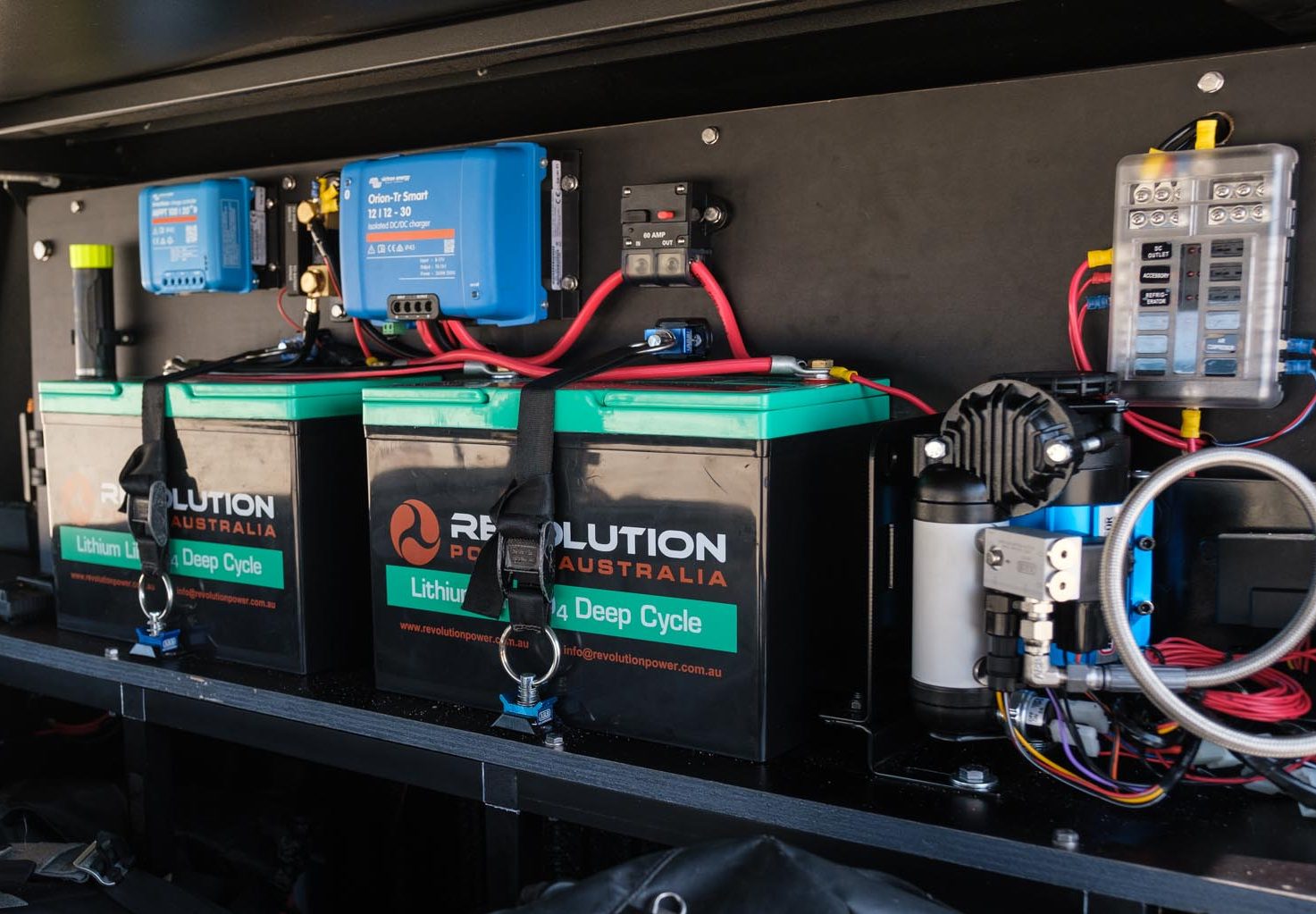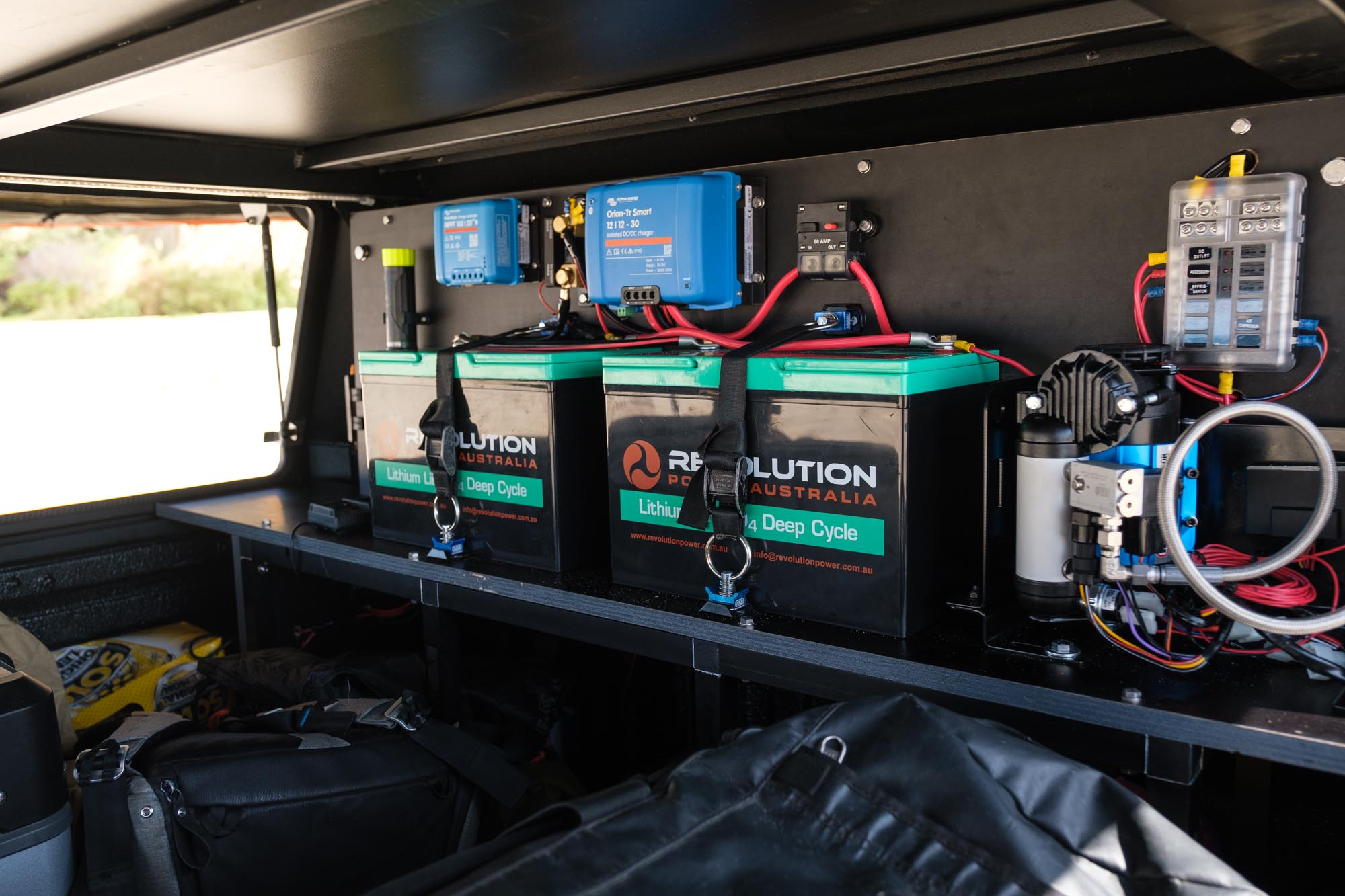I can personally vouch:
In May of 2013, Firefly (Battle Born OEM) sent me a pair of their 100Ah drop-in LFP batteries for testing and evaluation; there have been a few changes over the years including a bit of beefing-up on the BMS side, but they're still virtually identical to the BB10012 batteries that are available today. Over the past (nearly) 7 years I've taken them boondocking and offroading hundreds of times -not so gently on more than a few occasions- and currently use them (parallel 12v nominal) in my home backup system; they have well over 1500 100% DOD cycles on them and probably around double that in <50% DOD cycles. Two weeks ago, while redoing some things on my home system, I ran a capacity test and pulled 230Ah out of them (under 50A load) before my inverter shut down due to low-voltage... and it's worth noting that I have my inverter's LV cutout set higher than the BMS LV cutout, so the batteries themselves could have kept going for a while. 230Ah out of two 100Ah Firefly/BBs isn't uncommon, since Battle Born under-rates their battery capacities; a 100Ah BB10012 can routinely provide 110-130Ah of usable energy, depending on discharge rate.
Of course, having been a professional in the DC systems industry for a very long time, I actually read the user manuals and install things correctly and all that; I've certainly heard of people whose batteries failed them, but 95% of the time (when discussing a reputable manufacturer) that failure has been the result of mistreatment/misinstallation/simply not understanding how the chemistry works. As an example, I had a guy about a month ago who was all pissed off that the plastic around the POS terminal of his Battle Born battery had melted and the BMS had fully shut down charging and discharging; a quick inspection of his installation revealed that he hadn't tightened down the POS terminal bolt, so as soon as he tried to run his AC unit off his 3kVA inverter and was pulling a full 1C out of that battery, the post got hot and the BMS shut down the battery so nothing caught fire. If he'd just properly tightened his connections, he'd have been fine.
Bottom line: LFP is not a new concept... it's been around for well over 15 years, and the fact that it's only really becoming popular in the last 5 or so has been a direct result of companies working out how to best to make it feasible for mainstream use; ie, making reliable drop-ins that don't require gathering parts from all across the internet to custom-make a battery pack, or developing reliable component systems that work well together out of the box, and -secondarily- making these things relatively cheap when compared on a dollar-per-usable-Ah basis. We've now been through well over a decade of real-world testing and it's been proven to be a reliable and dependable chemistry offering 3-6 times the cycle expectancy of any Pb battery, stable voltage under discharge, 100% capacity usability, and roughly 1-6th of the weight per usable Ah compared to Pb. I understand not immediately jumping on the latest bandwagon in technology, but again... LFP is nothing new, it's hardly a bandwagon anymore. It has caveats, sure, but so does every chemistry including all variations of Pb.
Okay, off my bandwagon - just my own $.02 on
my pet peeve subject



